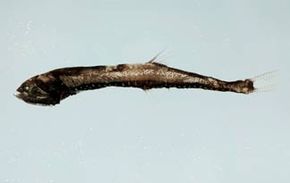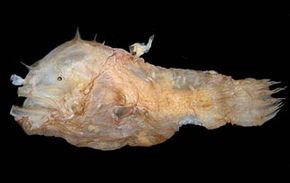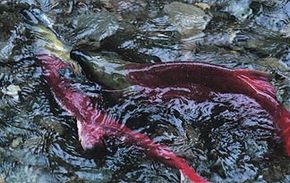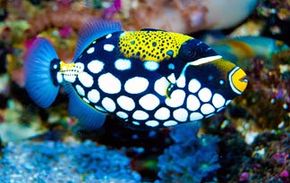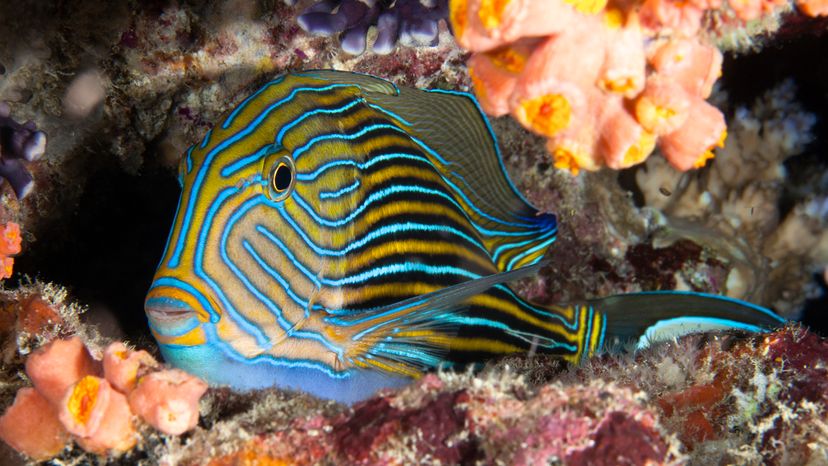
A fish is a water-dwelling animal that has a backbone, fins and a two-chambered heart. One of the facts about fish that most of us know is fish breathe oxygen through their gills, unlike land animals who inhale it through their mouth or nostrils.
But there's so much more to fish than gills! For example, the cleaner fish live on the ocean floor cleansing other species of parasites on their skin. And the flying fish look like aquatic birds, equipped with fins that look like wings.
Advertisement
Fish range from tiny creatures that would fit on a fingernail to behemoths the size of cabin cruisers. They can sleep with their eyes open, taste without using their mouths and float without casting a shadow. Let's dive in to more fun fish facts.
